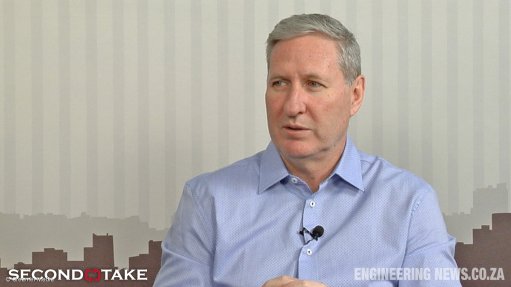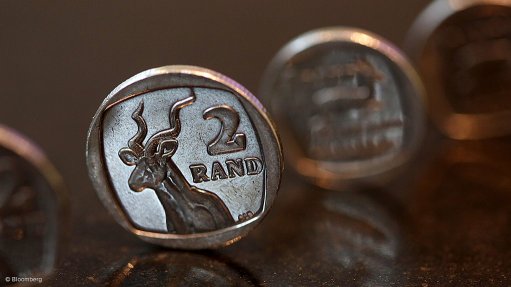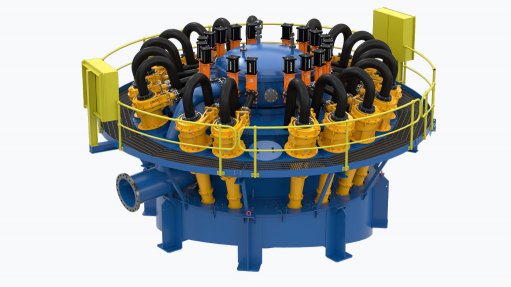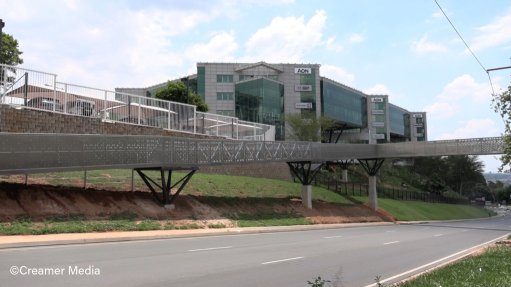Energy cannot be destroyed; it can only be transferred, and here’s how
This article has been supplied.
By: Nishandra Baijnath - Systems Architect, Digital Automation at Schneider Electric
Industry’s very nature sees it producing significant amounts of waste, whether it’s heat from furnaces and engines of byproducts like biomass. And unfortunately, a lot of this waste is simply disposed of usually impacting the environment. But what if these byproducts can be transformed into a source of energy?
Circular energy systems (CES) provide an answer. It captures and recycles waste, enabling industries to generate additional power, reduce reliance on external energy supplies, and ultimately enhance their sustainability credentials.
Practically, these systems recover and then upcycle and repurpose energy, using technology like heat pumps and biogas. This energy is then reintegrated into the system. One example of a circular energy system is in industrial drying, where process air is filtered, dehumidified and reused. Here heat pump modules claim up to 80% of the energy from the drying process.
Another, very important, sub-set of circular energy systems are combined heat and power (CHP) systems which use heat from one process is power another. For example, in a food processing facility, a natural gas-powered CHP unit generates electricity for operations.
Therefore, instead of letting the waste heat escape, the system redirects it to heat water for cleaning, sterilisation, or cooking.
The role of energy management
While CES use technologies such as CHP, biogas, solar PV, heat pumps, waste heat recovery units, battery storage, are vital, the real efficiency gains come from how they are managed. This is where advanced energy management systems and microgrids play a critical role.
Energy Management is the proactive and systematic monitoring, control, and optimisation of an organisation’s energy consumption to conserve use and decrease energy costs. Sophisticated energy management leverages technology, one such technology is a microgrid.
A microgrid integrates multiple energy sources – from renewables to CHP and storage – with the facility’s energy loads. Smart energy management software then determines the optimal mix of resources at any given time, based on cost, availability, and sustainability.
As an example, solar power may be the most economical during the day, but at night it might be more cost-effective to charge batteries from the grid. Here, a microgrid ensures energy usage always aligns with the most efficient and environmentally friendly option available.
As an added benefit, these systems can subscribe to real-time weather data, predicting cloud cover and adjusting loads in advance. This level of intelligence ensures that energy is not only generated efficiently but also consumed wisely.
The integration of CES
Like most things in life, circular energy solutions requires some investment, particularly in reconfiguring electrical infrastructure. Plants may need to segregate essential and non-essential loads, update medium- and low-voltage (MV and LV) systems, and introduce smart breakers that allow remote control.
Just as households prioritise essential appliances such as fridges during power outages by switching off non-critical devices, industrial facilities must apply the same logic.
Here, it is important to group critical loads and ensure they remain powered, while at the same time shedding non-essential circuits, when necessary. This approach allows facilities to maintain operational continuity and optimise energy use during disruptions.
Today, circular energy systems offer three important benefits:
- Operational efficiency – turning waste into a usable resource.
- Cost savings – reducing energy expenditure and waste disposal costs.
- Environmental impact – cutting emissions and lowering reliance on fossil-fuel-based grid power.
For businesses, this means not only improving their bottom line but also demonstrating a tangible commitment to sustainability.
Energy cannot be created or destroyed; it can only be transferred or transformed from one to another. Circular energy systems harness this principle by capturing and redirecting wasted energy into productive use, transforming inefficiency into value. Ultimately, this delivers a dual benefit: enhancing business performance while advancing environmental sustainability.
Article Enquiry
Email Article
Save Article
Feedback
To advertise email advertising@creamermedia.co.za or click here
Comments
Press Office
Announcements
What's On
Subscribe to improve your user experience...
Option 1 (equivalent of R125 a month):
Receive a weekly copy of Creamer Media's Engineering News & Mining Weekly magazine
(print copy for those in South Africa and e-magazine for those outside of South Africa)
Receive daily email newsletters
Access to full search results
Access archive of magazine back copies
Access to Projects in Progress
Access to ONE Research Report of your choice in PDF format
Option 2 (equivalent of R375 a month):
All benefits from Option 1
PLUS
Access to Creamer Media's Research Channel Africa for ALL Research Reports, in PDF format, on various industrial and mining sectors
including Electricity; Water; Energy Transition; Hydrogen; Roads, Rail and Ports; Coal; Gold; Platinum; Battery Metals; etc.
Already a subscriber?
Forgotten your password?
Receive weekly copy of Creamer Media's Engineering News & Mining Weekly magazine (print copy for those in South Africa and e-magazine for those outside of South Africa)
➕
Recieve daily email newsletters
➕
Access to full search results
➕
Access archive of magazine back copies
➕
Access to Projects in Progress
➕
Access to ONE Research Report of your choice in PDF format
RESEARCH CHANNEL AFRICA
R4500 (equivalent of R375 a month)
SUBSCRIBEAll benefits from Option 1
➕
Access to Creamer Media's Research Channel Africa for ALL Research Reports on various industrial and mining sectors, in PDF format, including on:
Electricity
➕
Water
➕
Energy Transition
➕
Hydrogen
➕
Roads, Rail and Ports
➕
Coal
➕
Gold
➕
Platinum
➕
Battery Metals
➕
etc.
Receive all benefits from Option 1 or Option 2 delivered to numerous people at your company
➕
Multiple User names and Passwords for simultaneous log-ins
➕
Intranet integration access to all in your organisation



















